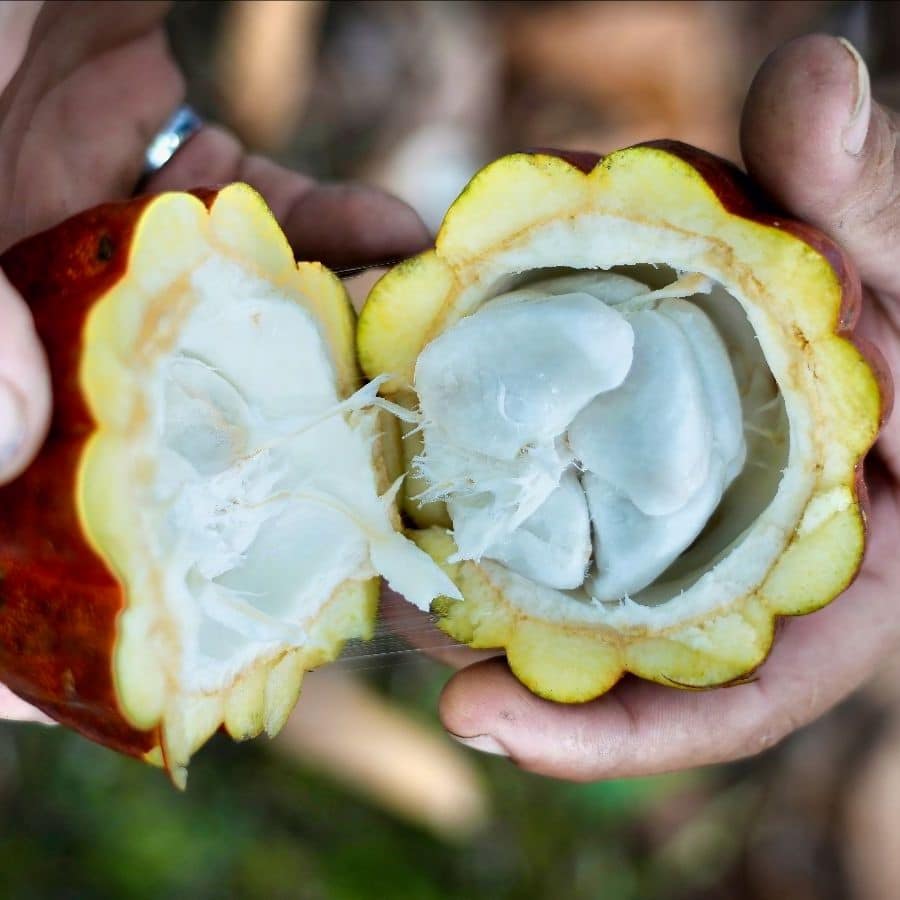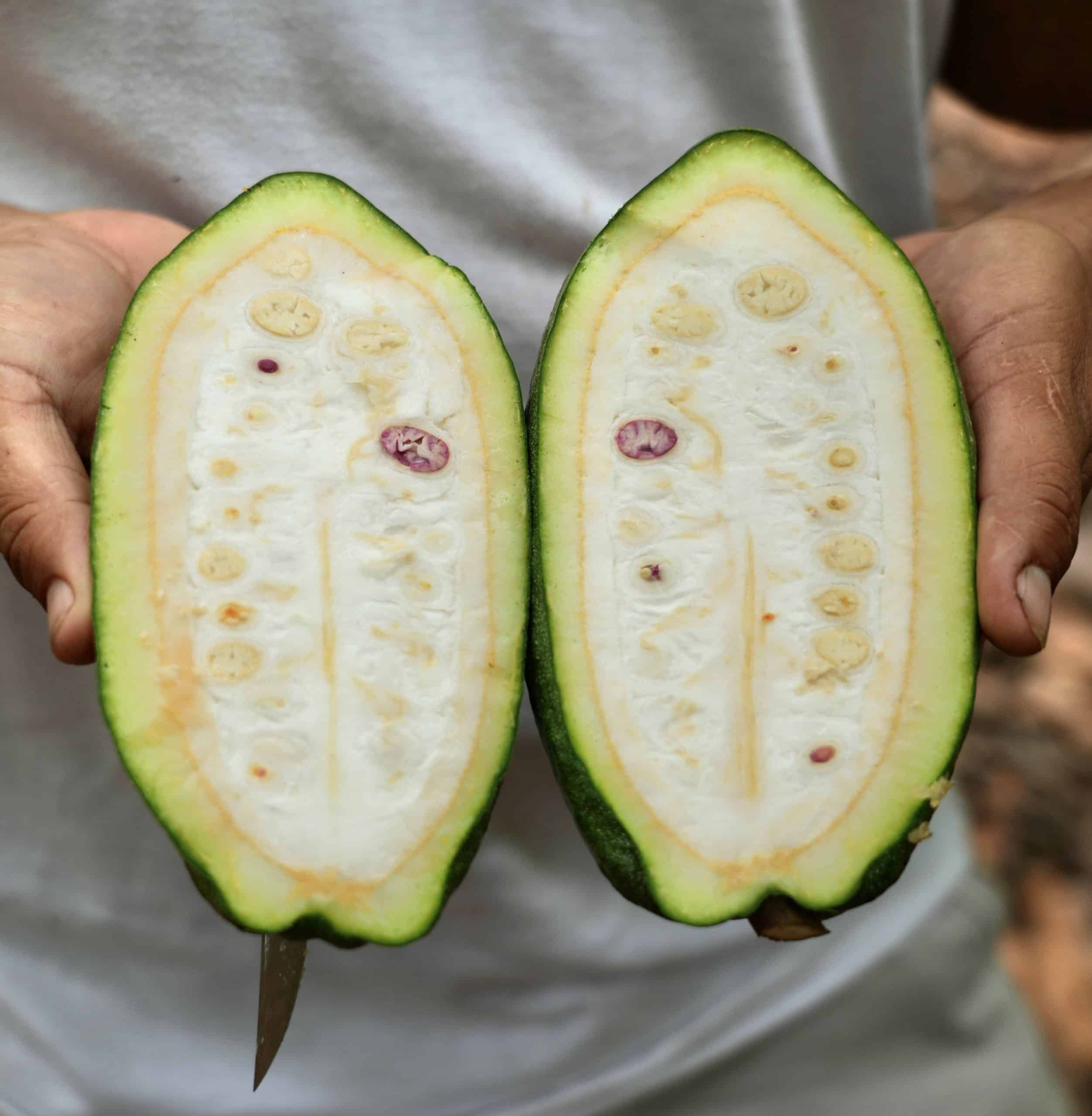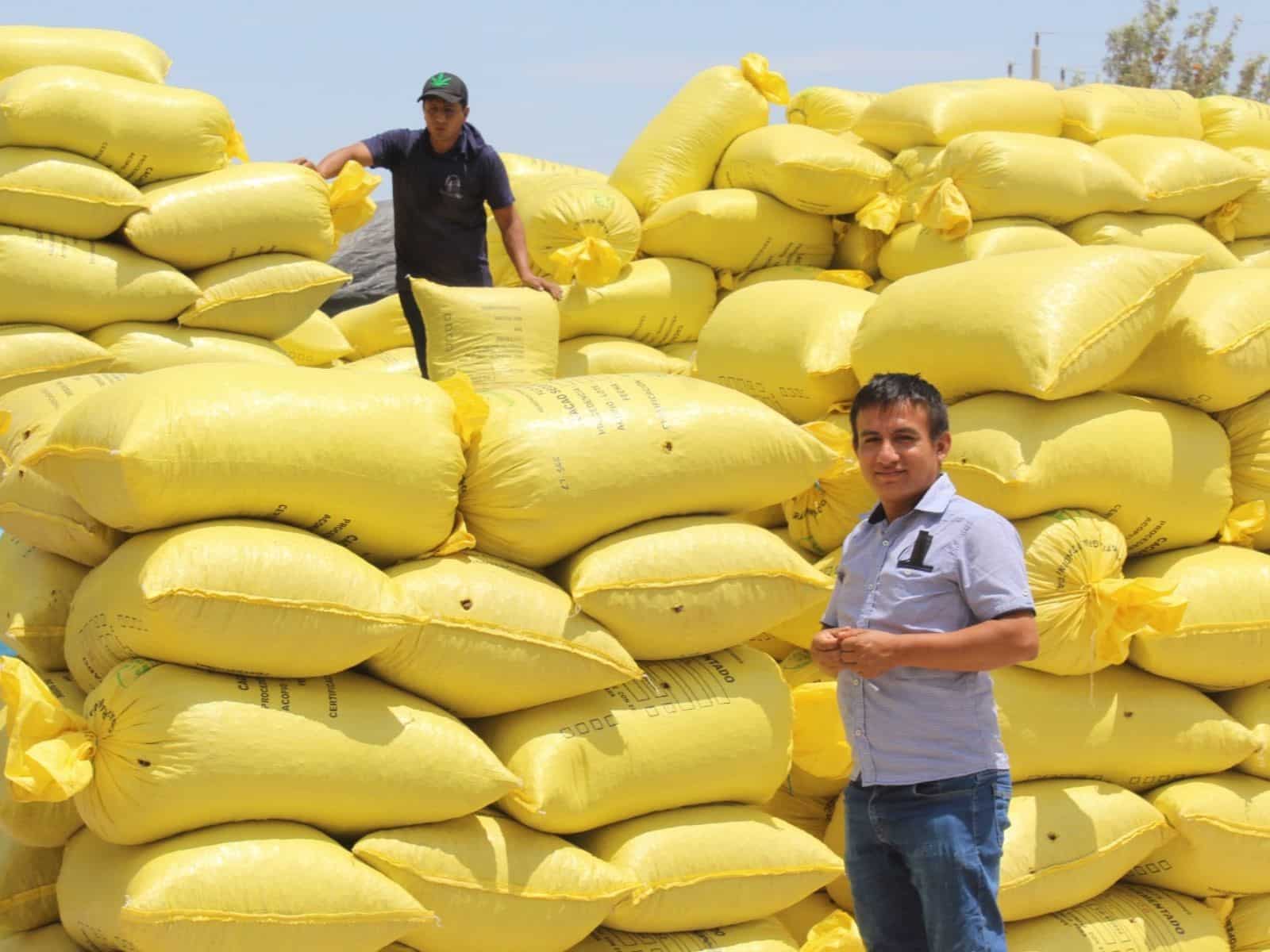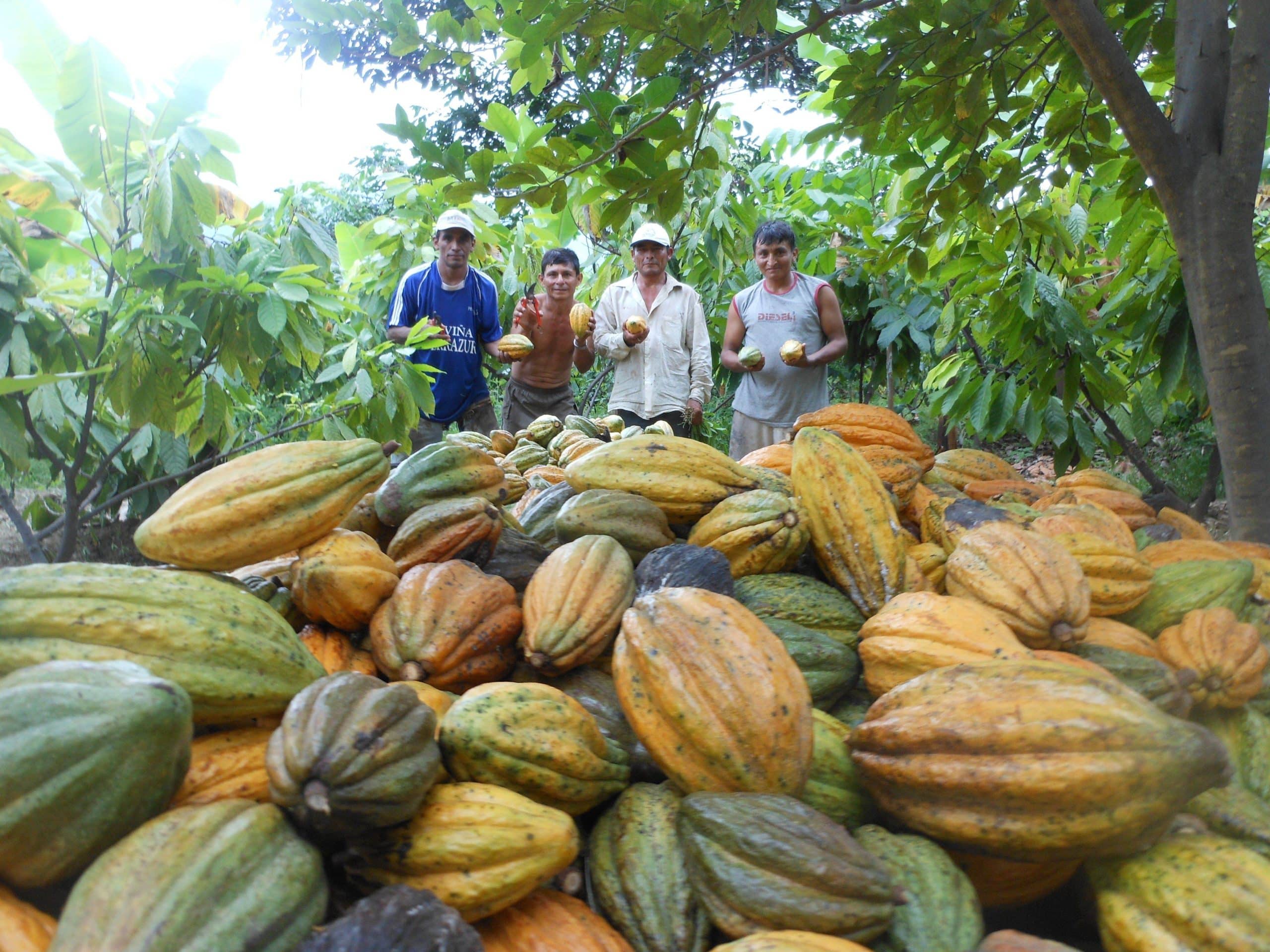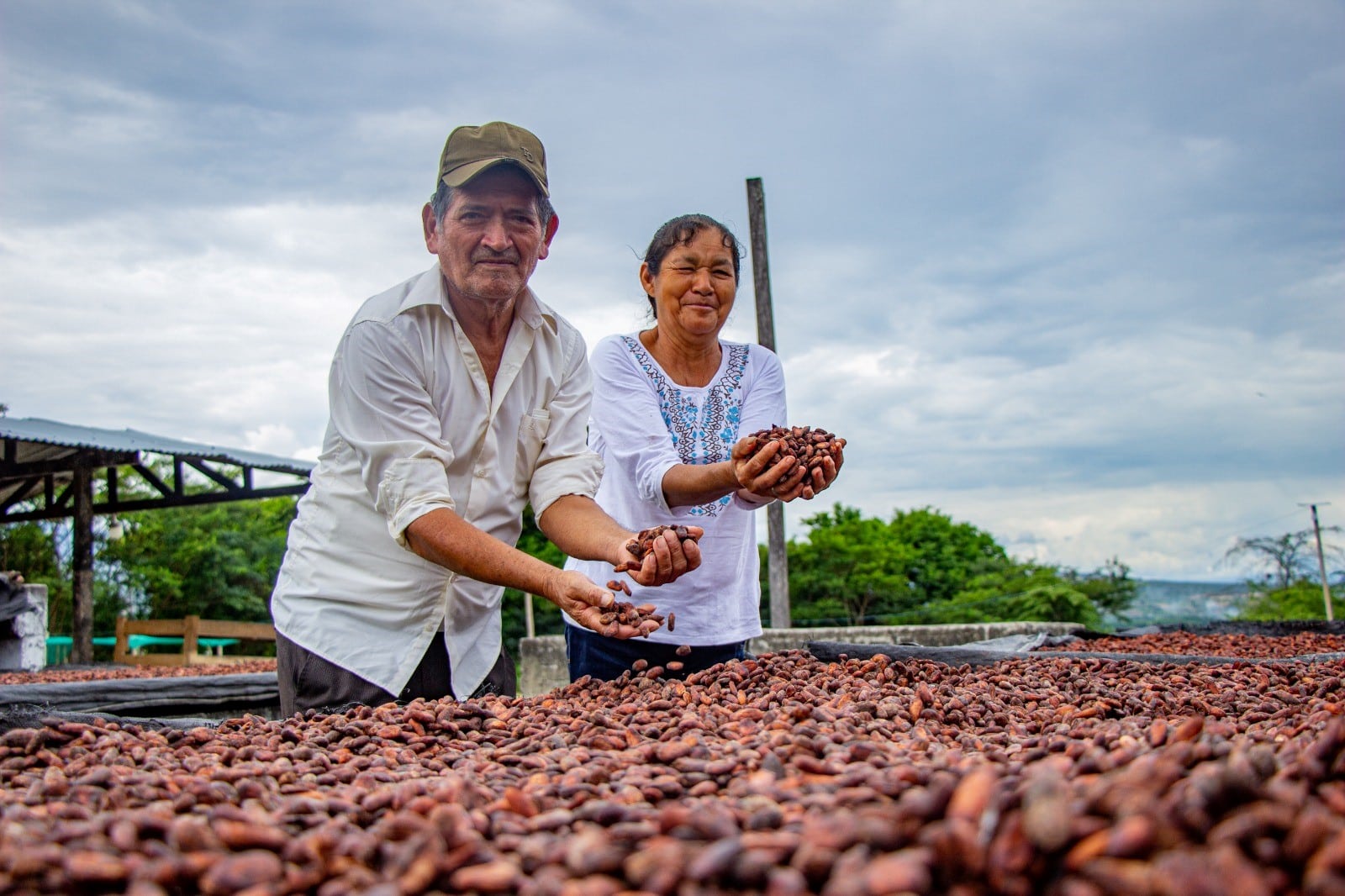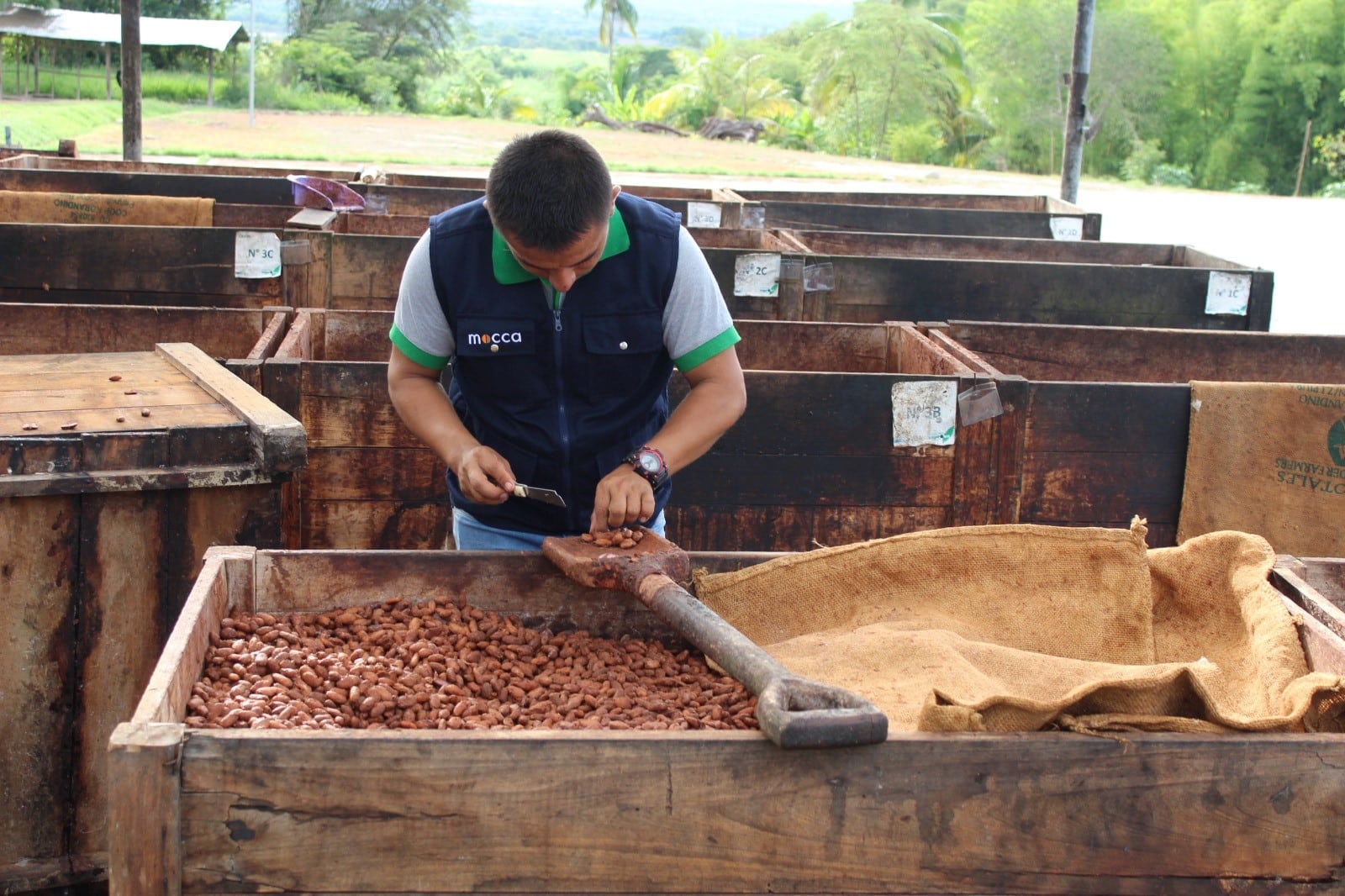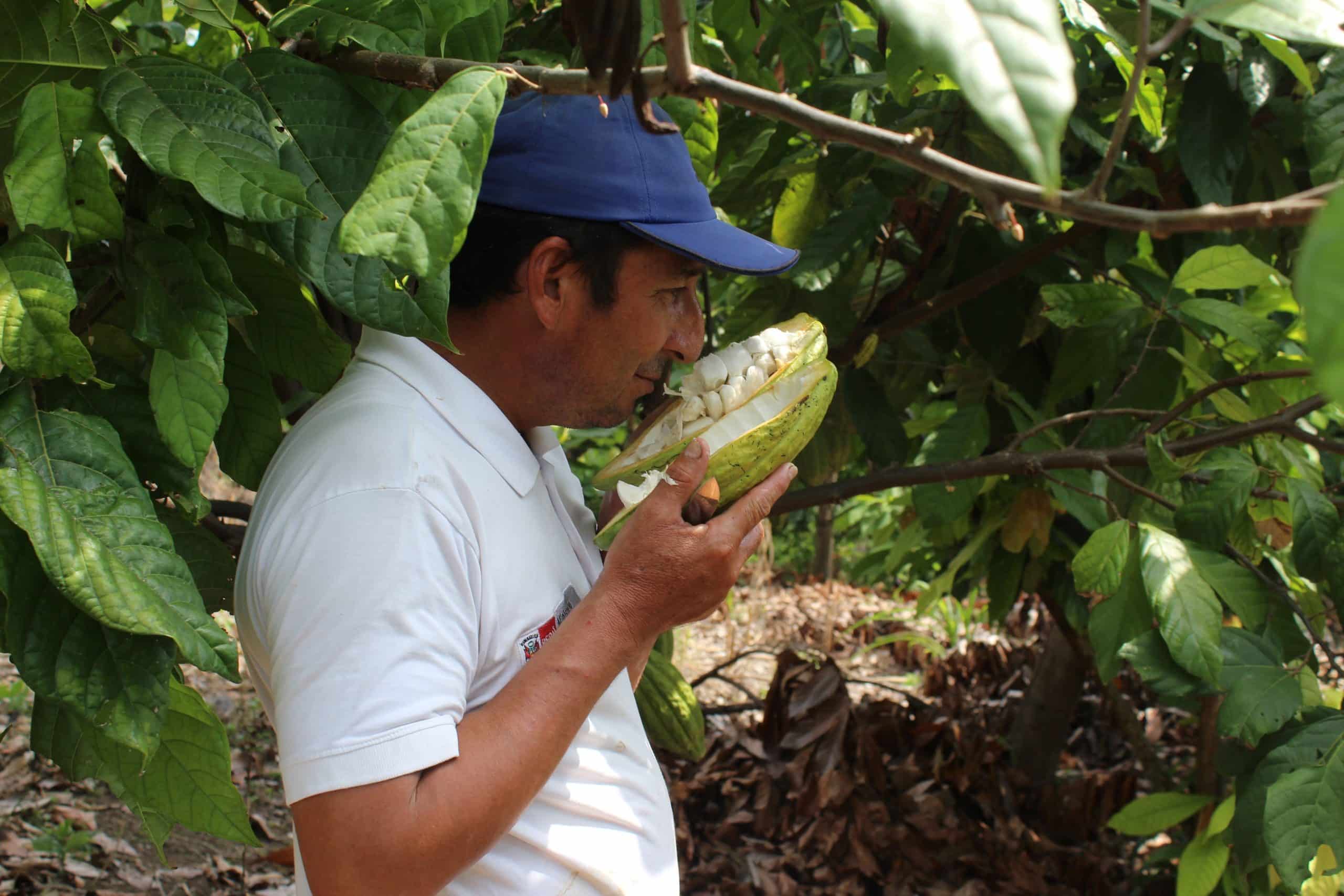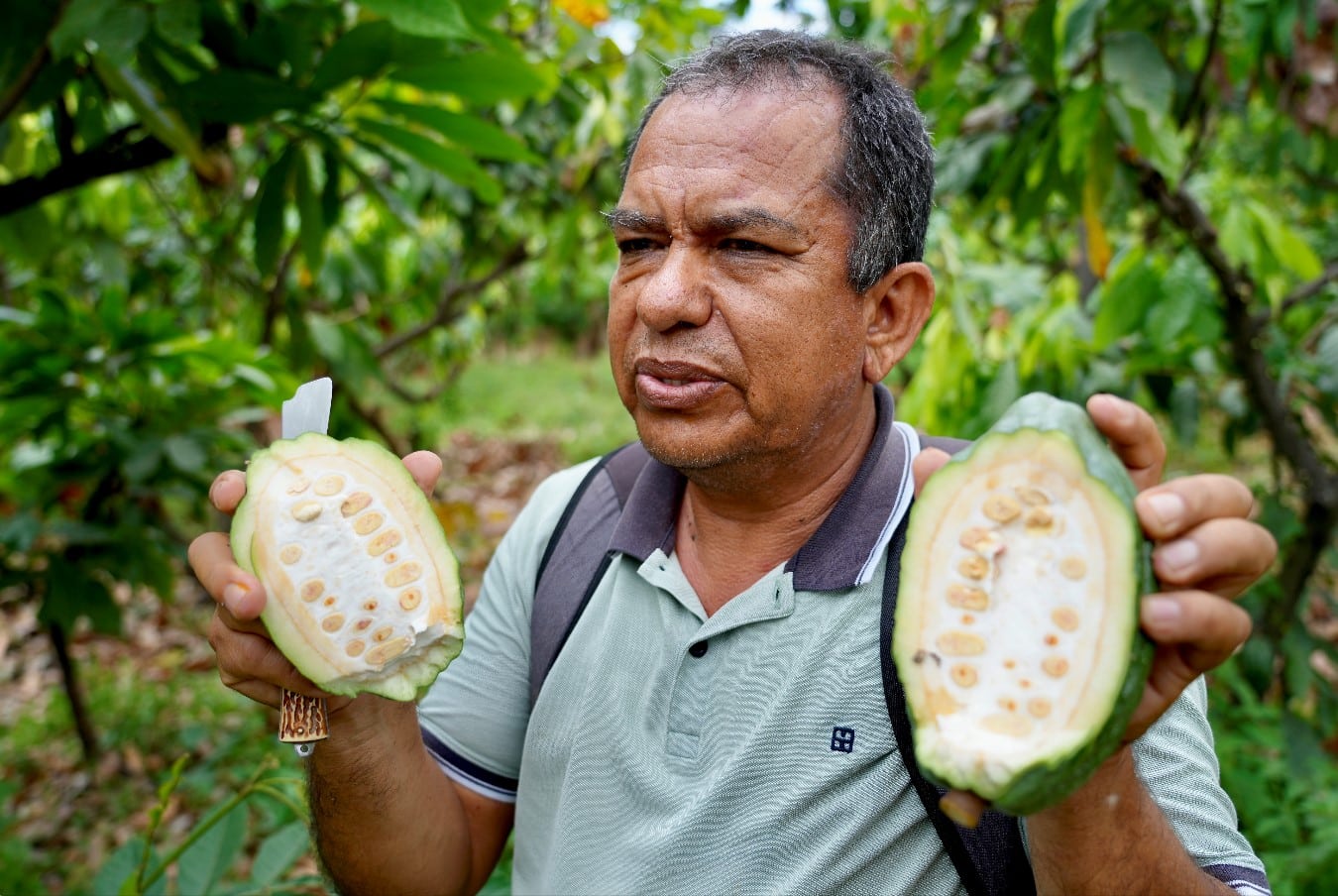Peruvian Cacao Symphony
Unprecedented Flavour Diversity
Exploring Peru’s Delights | the Food Scene, the Treasure Chest ‘Amazon’ & Cacao Flavour Diversity
“The best” in Latin American food means Peru – especially its capital Lima – which has perhaps the most exciting food culture in the world right now. Lima is the only city with two restaurants in the Top 10 of the prestigious San Pellegrino list of the 50 best restaurants in the world: ‘Central’ at number 1 and ‘Maido’ at number 6. These Peruvian contemporary chefs have an endless array of exotic ingredients to play with.
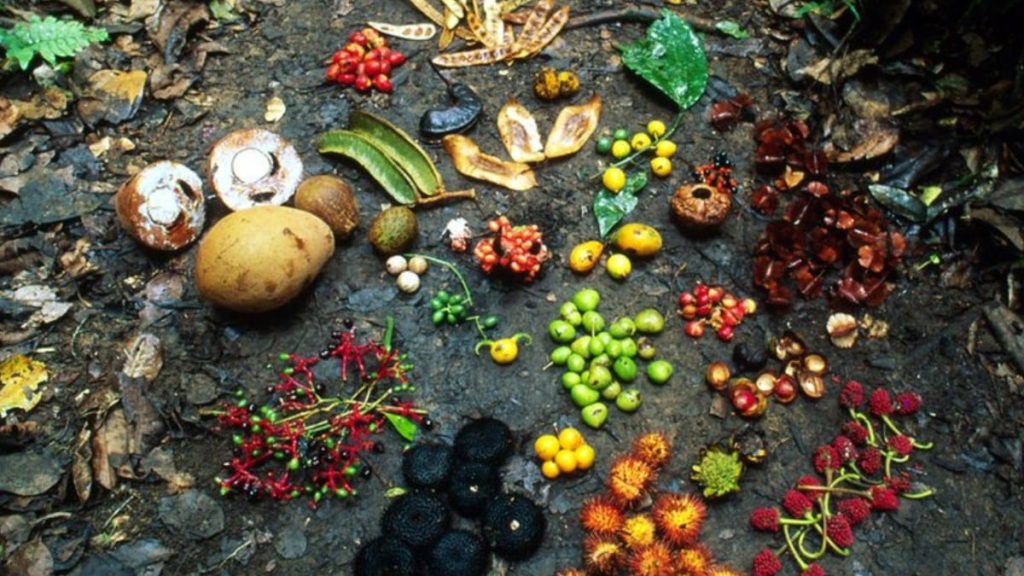
Peru produces some of the most genetically diverse crops in the world, including a mind-boggling variety of potatoes, corn and beans, as well as fish from the South Pacific, fragrant fruits from the Amazon rainforest, produce from the high Andes and baskets of little-known herbs, spices, ancient grains, peppers and…. an enormous wide diversity of native cacao varieties.
The success of Peruvian cuisine extends beyond the skill of the chefs and the quality of the ingredients. It is the result of a harmonious convergence of several factors, including its abundant natural resources: the country’s biodiversity, its coastal areas, the Andes and the Amazon rainforest.
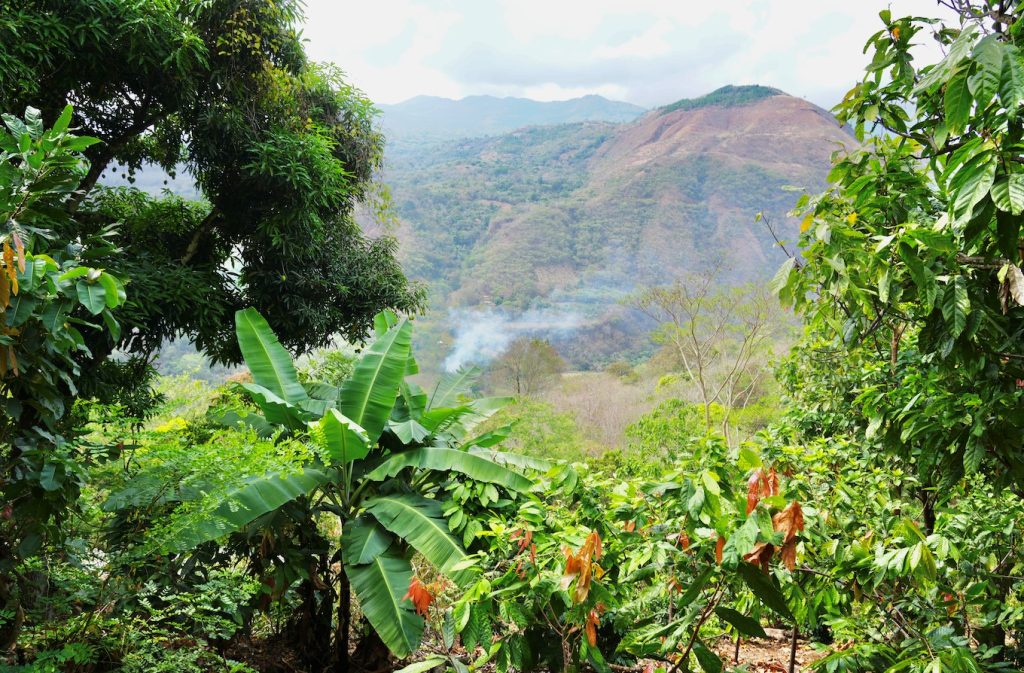
Peruvian Cacao | Briefing – Facts & Figures
➢ In Peru, cacao grows in both the basin of the Amazon Rainforest and the foothills of the Andes Mountains. The country has one of the highest total biodiversity in the world and its various natural growing areas set it apart from other countries.
➢ Peru is characterised by its 120,000 smallholder farmers with farm sizes between 1 & 5 hectares (average of 2 ha). However, this does not mean that the harvest is proportionately small. On the contrary: thanks to the farmers’ good know-how, their cultivation methods and genetics, yields are relatively high in Peru. About 360,000 Peruvian families earn a living through the cultivation and production of cacao.
➢ Peru is world’s 8th largest cacao producer, and the second largest organic cacao producer -though it represents about 3.5% of the world cacao production. Peruvian exports represent about 107,000 MT of cacao, of which 60% of cacao beans, and the remaining part are semi-finished products as cacao liquor, couverture, butter,… About 25% of Peruvian cacao export is in hands of cooperatives.
➢ Peru holds a very large genetic diversity of cacao, and is known for good quality cacao. Chocolates made with Peruvian cacao have received multiple international awards.
➢ Since 1966, production has grown by an average of 6.8% per year. While in 2000 only 25,000 tons were produced annually, this almost doubled in 2016 and today amounts to approximately 170,000 tons. An annual increase of 2.9% is expected.
➢ The European Union represents 54% of the total exported volume, mainly to the Netherlands, Belgium, Germany, Italy and Spain.
Upper Amazonian | Erythroxylum coca, Theobroma bicolor & Theobroma cacao
It was long believed* that the domestication of ‘Theobroma cacao’ began about 7,500 years ago in the northern region of the Peruvian Amazon, before spreading throughout the region of Central America.
In Peru, cacao was first used by the Chinchipe tribes before later becoming part of the Chavin culture. In Mesoamerica, cacao was adopted and used as a sacred and spiritual drink by the Mokaya, Olmec, Mayans and Aztecs.
Because the stimulating effects of the coca leaves of the coca bush ‘Erythroxylum’ were more easily accessible, the ancient peruvian cultures used to have little need for the bitter seeds of ‘Theobroma cacao’. They were more familiar with the seeds of the ‘Theobroma bicolor‘, they only used those of the ‘Theobroma cacao’ to a limited extent and mainly for medicinal purposes.
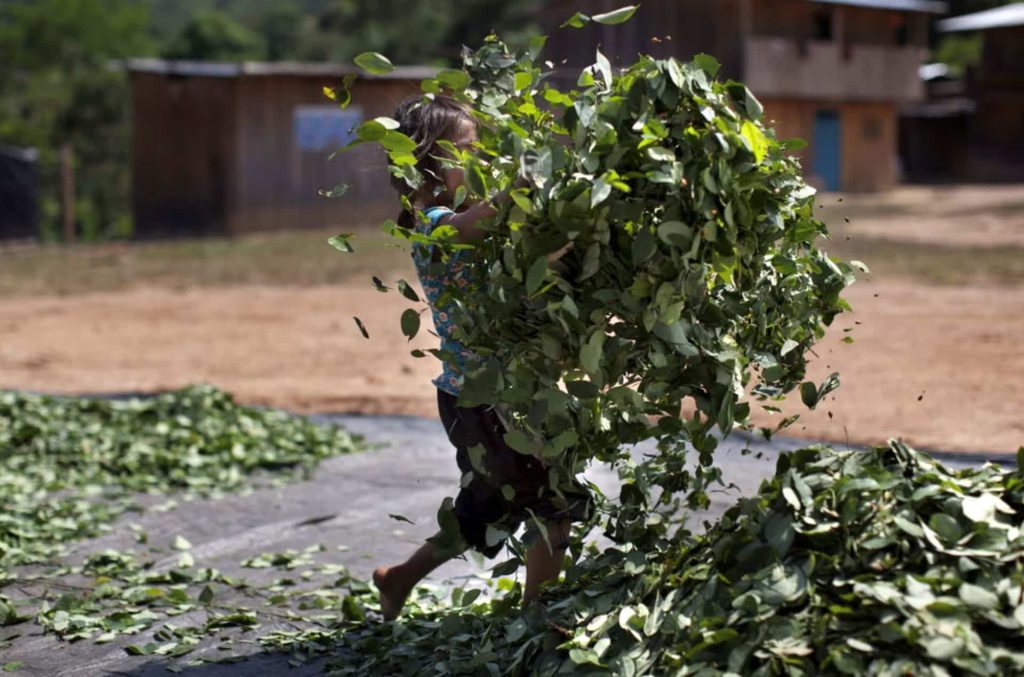
The commercial cultivation of cacao -and thus the start of the cacao boom- began in Peru in the 1980s. Prior to that, the cultivation of the coca plant was widespread in the country, which is used as a raw material to produce cocaine. Thanks to the support of the government as well as USAID and the United Nations, the conversion to cacao cultivation could be sustainably promoted and implemented. For this reason, cacao is also perceived as the ‘crop of hope’ in Peru – as a legal alternative to coca.
Especially in the VRAEM region -kwown for its illegal crops, cacao has a huge potential. Luthern World Relief is doing a great work in creating added value and socio-economic development with cacao in their innovative project ‘Transforming VRAEM Region‘.

Peru | C-Spot
Peru is the center of origin of cacao, which comes from the Amazon region and has the greatest genetic biodiversity in the world. The country is home to as many as 84 of the world’s 103 different types of ecosystems. The range of ingredients available here is enormous.

The Amazon basin is home to the largest genetic diversity of cacao, demonstrating the diversity and potential that Peruvian cacao has to offer. The main reason for this is that Peru meets most of the special climatic and land conditions necessary for the growth of cacao beans, as it is rich in microclimates and diverse landscapes in its three main regions: Coastal, Andes and Amazon, with areas of low heights (200-1000 meters above sea level), relatively high humidity, optimal rainfall (1500 -2000 mm/yr) and average temperatures of 23C – 30C.
There are currently 15 cacao producing regions, though 93% is concentrated in 7 regions.
➢ 80% is concentrated in the rainforest areas known as ‘Selva Central’ with San Martin, Junín, Ucayali and Huánuco as main growing areas.
➢ The southern VRAEM region, and La Convención Cuzco represent about 9%
➢ 4% can be found the Amazonas in the north
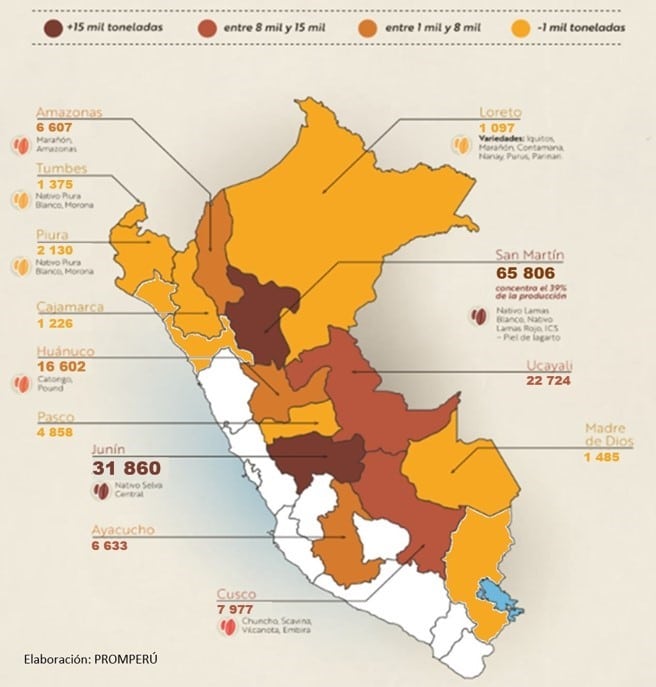
The complexity and uniqueness of Peruvian cacao beans is present in all the regions where they grow, from the north with the famous ‘Cacao Blanco’ of Piura to the famous VRAE-15 & VRAE-99 and the timid ‘Chuncho’ of the south of Cuzco, with very different characteristics, not only in the bean, but also in the flavour profiles. For example, the diversity that Chuncho cacao possesses is demonstrated by distinctive characteristics in the fruits.
Peru | Country of origin of cacao blessed with a high diversity of native varieties
Peru is a more modest cacao player in terms of volumes, but their cacao is unparalleled and unique in terms of flavour diversity.
Peru is still a smaller player in cacao country; what makes Peru very special is the amazing diversity of cacao and flavours. The International Cocoa Organization’s (ICCO) latest ad hoc panel on fine flavour cacao estimated that 75% of Peruvian exports were fine flavour cacao.
Various reasons contribute to this – but the common thread here is literally and figuratively ‘diverse’
➢ diversity of genes : a large genetic base
➢ diversity – geography and microclimate-wise – cacao can be found in the most remote areas with great cacao deep in the forest jungle
➢ diversity of production systems, ranging from traditional to technical
➢ diversity in infrastructure and post-harvest processes, this even expands the diverse possibilities.
➢ diversity of producers: While in some countries cacao exports are controlled by a few companies, Peru has more than 100 recognised cacao exporters, and many more cacao producers behind them. These are often small farmers/local heroes with less than 2 hectares, who work alone, are organised in primary cooperatives or collaborate with private companies.
The ‘Alliance Bioversity & CIAT‘ and Instituto de Investigaciones Agropecuarias (INIA) has done a fantastic job documenting the various native cacao varieties and cultivars that Peru has to offer. With a view to conversation and knowledge building, this is an eye-opener for many actors in the cacao and chocolate chain who choose cacao based on their preferences, needs and values.
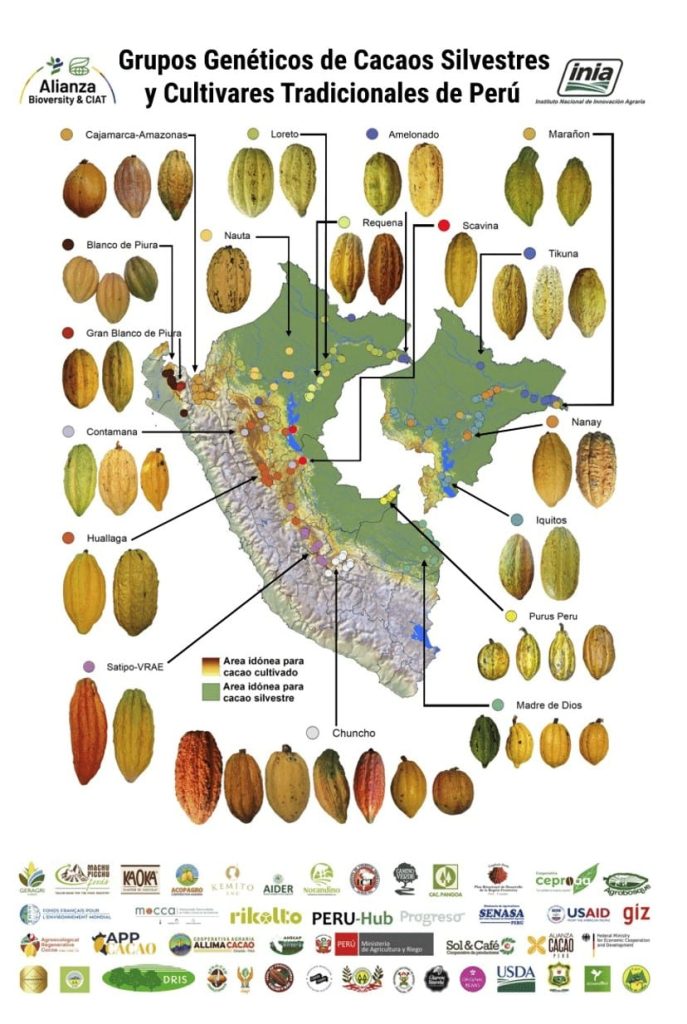
Peru x the SILVA Way | Taking Care of Flavour, Forest, Farmer and Future
Sourcing cacao with an identity while taking care of flavour, forest, farmers and the future: that’s the Silva way. It is clear this Peruvian diversity fits perfectly with Silva’s working method: Taking care of:
flavour – more genetic diversity gives a broader genetic base to play with and of course creates more taste diversity in combination with the right harvest and correct post-harvest processing
forest – in Peru, there is a lot of biodiversity, but we must always take into account an ecological crisis and diseases and pests. Cacao with the right genetic make-up and growing in agroforestry can provide more values and ecosystem services.
farmer – diversity equals diversification in product, in flavour,…, and can also offer greater potential to create value for farmers and families and improve living standards
future – although we don’t know what the future will bring… having a large genetic base is an added value. It has already been proven (climate change study) that if we project suitable areas for cacao cultivation, the areas for cultivated cacao will decrease sharply, while a more positive future for native cacao is predicted for Peru. Because suitability is not necessarily correlated with the quantity or quality of yield (Ramirez-Villegas et al., 2013). This again demonstrates the importance of in-situ and ex-situ conversations about Peruvian genetic diversity. Tolerant genotypes will be needed to facilitate the adaptation of cocoa cultivation to climate change in Peru. To achieve this goal, native cacao populations in the identified areas will be targeted by planned collection missions.
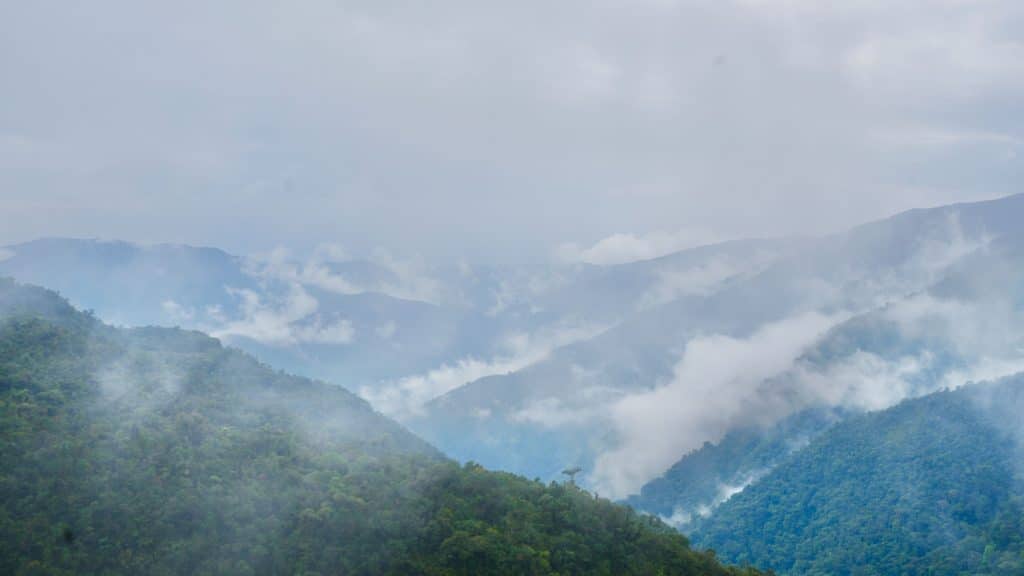

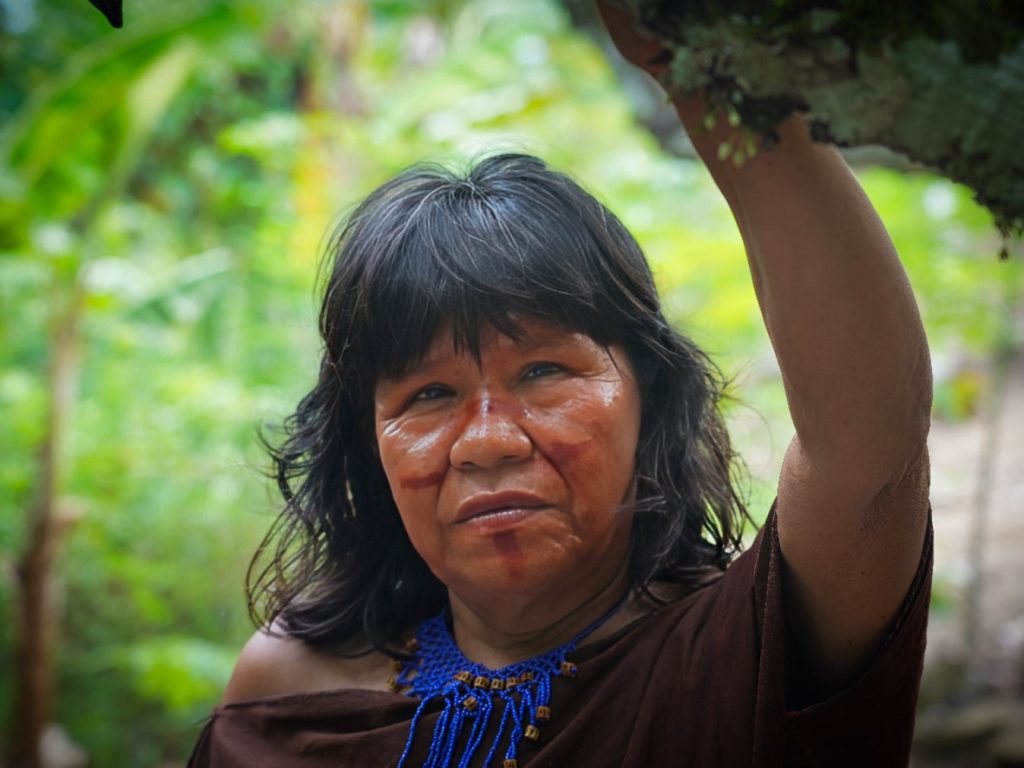
Cacao Trip to Peru, September 2023 | Katrien’s Field Impressions
After Katrien’s intense but fruitful journey through Peru -crossing the country from north to south, from east to west, via mountains, and the Amazon region- she has debriefed us with the latest insights about Peruvian cacao.
‘The country has one of the highest total biodiversity in the world and its various natural growing areas set it apart from other countries. Because it grows in such incredibly diverse regions, the cacao plant encounters many species, soils and climates. This results in an unparalleled spectrum of unique taste and high quality. The mix of great genetics, ideal eco-geographical factors, well-designed infrastructures and the right technology ensures that Peru has an astonishing diversity of cacao flavours. Peru is cacao, and cacao is Peru. Thanks to the very good support of the Peruvian authorities via PROMPERÚ, cacao from Peru is promoted worldwide, known as a reference. #ProudPromotor ofPeru’sCacaoFlavourDiversity!

Let’s Get Nuts with the various Peruvian Cacao Flavours @ Salon du Chocolat
It will come as no surprise to you that we would like to introduce you to a selection of Peruvian cocoa with an astonishing diversity of flavours!
There is no such thing as a direct link between 1 origin and 1 flavour, or between 1 region and 1 flavour. The Cacao Flavour Map developed in the MOCCA project show-cases the possibility in flavour diversity, moving away from prejudging certain regions or genetics. MOCCA started in 2017 in Central America, and in the meantime, MOCCA has already been able to roll out this concept of taste diversity in 6 different countries and support many smaller farmers to optimize their taste potential. We are approaching our cacao quest from another angle, giving you some guidelines to choose your perfect match of cacao.
From Peru with Love
SILVA’s top selection of Specialty Cacao from Peru: with diversity of flavours !
Please click on the links to discover the complete identity of the cacao
FRUITY FASHION
Refreshing and sparkling acidity from native cacao (Piura North)
Peru Piura – Gran Nativo Blanco : notes of sweet citrus, passion fruit, toffee, pineapple, grapefruit
Peru Piura – Gran Palo Blanco : notes of cashew, green tea, tropical fruit, jasmin flower
Softer VRAEM Organic
Peru VRAEM – Qolque Killa Organic : notes of orange, apricot, raisins, flowery
DELICATE & COMPLEX
Peru Amazonas – Utkku Organic : notes of kumquat, vanilla, ylang ylang, paradise apple
Peru Cuzco – Qori Inti Organic : notes of pink pepper, peach, mango, macademia, floral
Peru Cajamarca – Oro del Chinchipe : notes of lychee, sweet ginger, cashew, floral
SWEET DELIGHT
Peru Cuzco – Kall kakao Organic : notes of toffee, sweet wine, cognac, cinnamon
Deeply chocolatey and spicy from the deep jungle of Pasco Oxopampa
Peru Oxampampa – Cho Moth : notes of coconut, banana, cinnamon
Peru Oxampampa – Belén Dulce : notes of coconut, bananabread, mandarine, spices
PERFECT HARMONY NUTTY & FRUITY
Peru Amazonas – Lagunas Organic : notes of hazelnut, rum vanilla, spices, floral hints
Peru Amazonas – Delicia Organic : notes of caramel, almond, jasmin, tropical fruit
Are you still unsure about your Perfect Peruvian Match?
Reach out to our SILVA team for some tips and advice.
LET’S MEET UP AT SALON DU CHOCOLAT
If you are near Paris, be sure to come and greet us at ‘Salon du Chocolat‘.
Our team would love to immerse you in the Peruvian Flavour Diversity.
If you want to reserve a slot, please drop a us a line.

KUDO’S, CREDITS & INSPIRATION
*For a long time… Until we recently discovered traces of cacao on ancient pottery, suggesting it started about 5,500 years ago in the rainforests of what is now Ecuador. Read all about it in SILVA Cacao’s insight – Unveiling the earliest domestication of cacao.
**Peru is often covered with the misleading term ‘Upper Amazon’ (Alto Amazonas), as if everything west of where the Madeira and Negro rivers flow into the Amazon would be uniform, when that is anything but the case. The distinction between ‘upper’ and ‘lower’ Amazonian cacao – whether geographical, genetic or gastronomic – can be misleading, with a population complex far too diverse and overlapping for such a delineation to be drawn.
The International Cocoa Organization – ICCO
Alliance Bioversity International & CIAT
Instituto de Investigaciones Agropecuarias – INIA
The Peruvian Chamber of Coffee and Cocoa – Peruvian Cacao Statistics
International Institute of Chocolate and Cacao Tasting – Chocolate and Cacao Flavor Profile Map
Luthern World Belief : Transforming the VRAEM
Copyright Pictures : SILVA Cacao & Norandino

